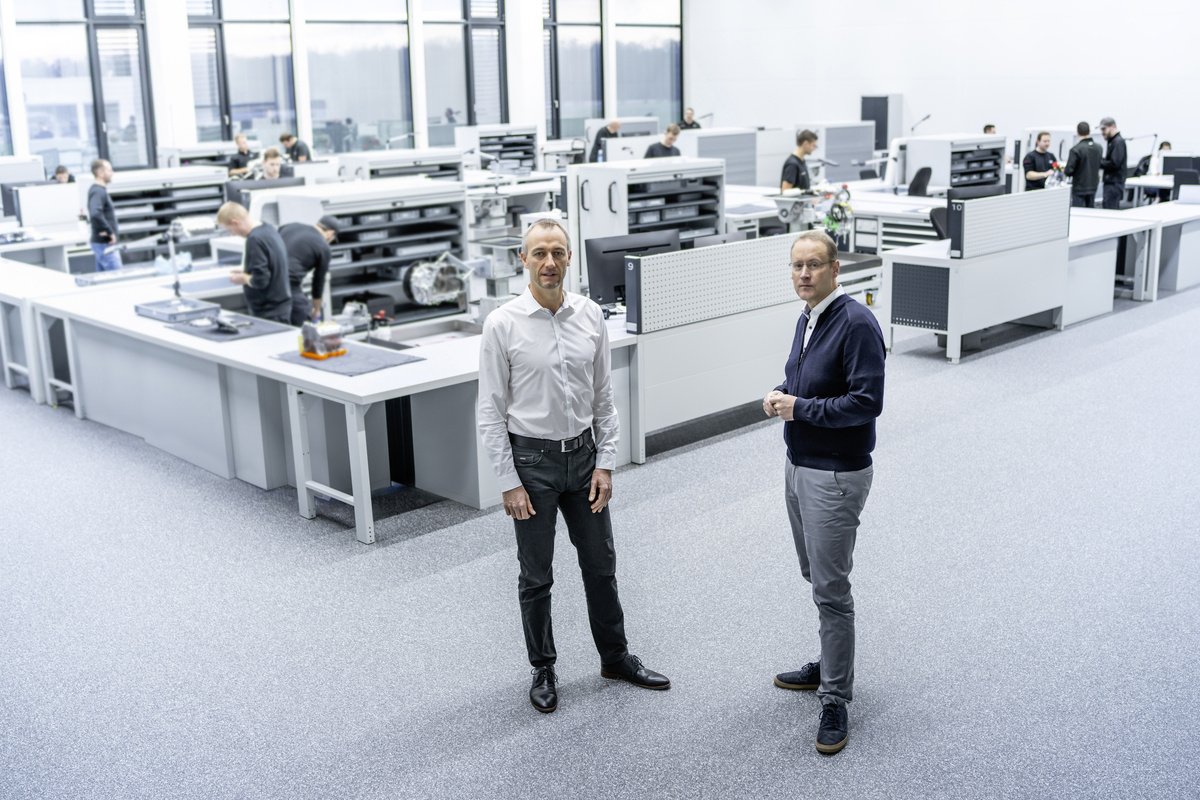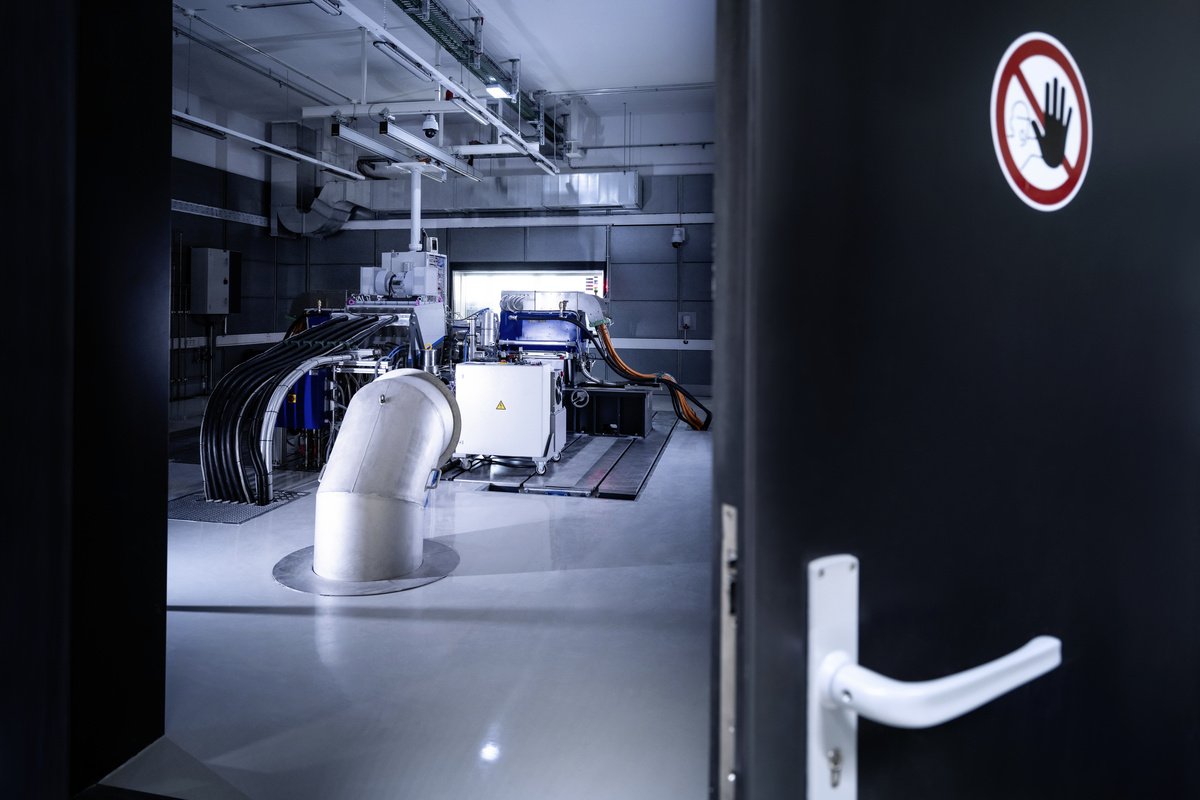

The German marque is in the process of acquiring complete control of Sauber, a deal that should complete in early 2025, ahead of a rebrand in the car maker’s image for 2026.
That will coincide with its arrival as a power unit manufacturer, with work ongoing in Germany to develop its initial design.
It will result in the Audi factory team on the grid, with the German company wholly owning the operation and responsible for the development of both chassis and engine.
The former will be a continuation of the Sauber operation which first entered F1 in 1993, while the latter is a significant new investment.
“After just two years, our power unit, consisting of a combustion engine, electric motor, battery and control electronics, is running dynamically on the test bench,” explained Adam Baker, managing director of Audi Formula Racing.
An Australian, Baker is responsible for Audi’s Neuburg facility, where the drivetrain development for the F1 project is taking place.
He was tasked with setting up the technical, strategic, operational, and financial concept of Audi’s entry into the world championship.
“The Audi power unit has already covered simulated race distances on the test bench,” he revealed.
“We gained a lot of testing time with the individual components in 2023 and were able to incorporate the experience gained into the next construction stages in parallel.
“Significant milestones and goals have been achieved, which gives the entire team a good feeling.”
That running has seen Audi simulate a full grand prix across a number of existing F1 venues, including the Red Bull Ring, Singapore, and Las Vegas.

“We run the power unit on the test bench with different layouts from the current F1 calendar, depending on the purpose of the test,” said Stefan Dreyer, the project’s chief technical officer.
“For example, Las Vegas is interesting for our development team in terms of overall energy management.
“Several alternating fast and slow corners and almost two kilometres of full throttle driving on the Las Vegas Strip provide the perfect development environment for fine-tuning the combustion engine and the ERS (Energy Recovery System) components.”
Audi already had the fundamental facilities in place owing to its presence in the World Endurance Championship and Formula E, but has expanded those for its F1 involvement.
That saw a new building constructed to allow for additional test benches, workshops, and laboratories.
“We implemented a very ambitious modernisation and expansion of our test facility,” Dreyer explained.
“Today, we have 22 state-of-the-art test benches at the site.
“Our new development tools are state-of-the-art and have enabled us to achieve a steep learning curve.
“By testing on the test bench under simulated racing conditions we gain important insights in this phase of the project.
“After the successful race distances with the power unit we will soon be doing the same with the entire drive system, which means the combination of power unit and transmission.”
With the project well underway, Baker admitted the focus now is on achieving performance goals ahead of 2026.
“There have been special milestones almost every month since the start of the project in spring 2022, for example the start of construction for our infrastructure expansion, the start of testing for the single-cylinder, the first test bench run of the electric motor and the V6 engine and the first race distances with the complete power unit,” he said.
“The fact that our entire team can fully concentrate on the development of the power unit for 2026 is an advantage for Audi.
“The remaining time until 2026 is all about achieving our development goals in terms of maximum overall vehicle performance with full focus.
“It will remain exciting until the first race – and after that, of course, too.”
Audi has signed Nico Hulkenberg for its arrival in the sport, with Carlos Sainz its target for the other car.





















Discussion about this post